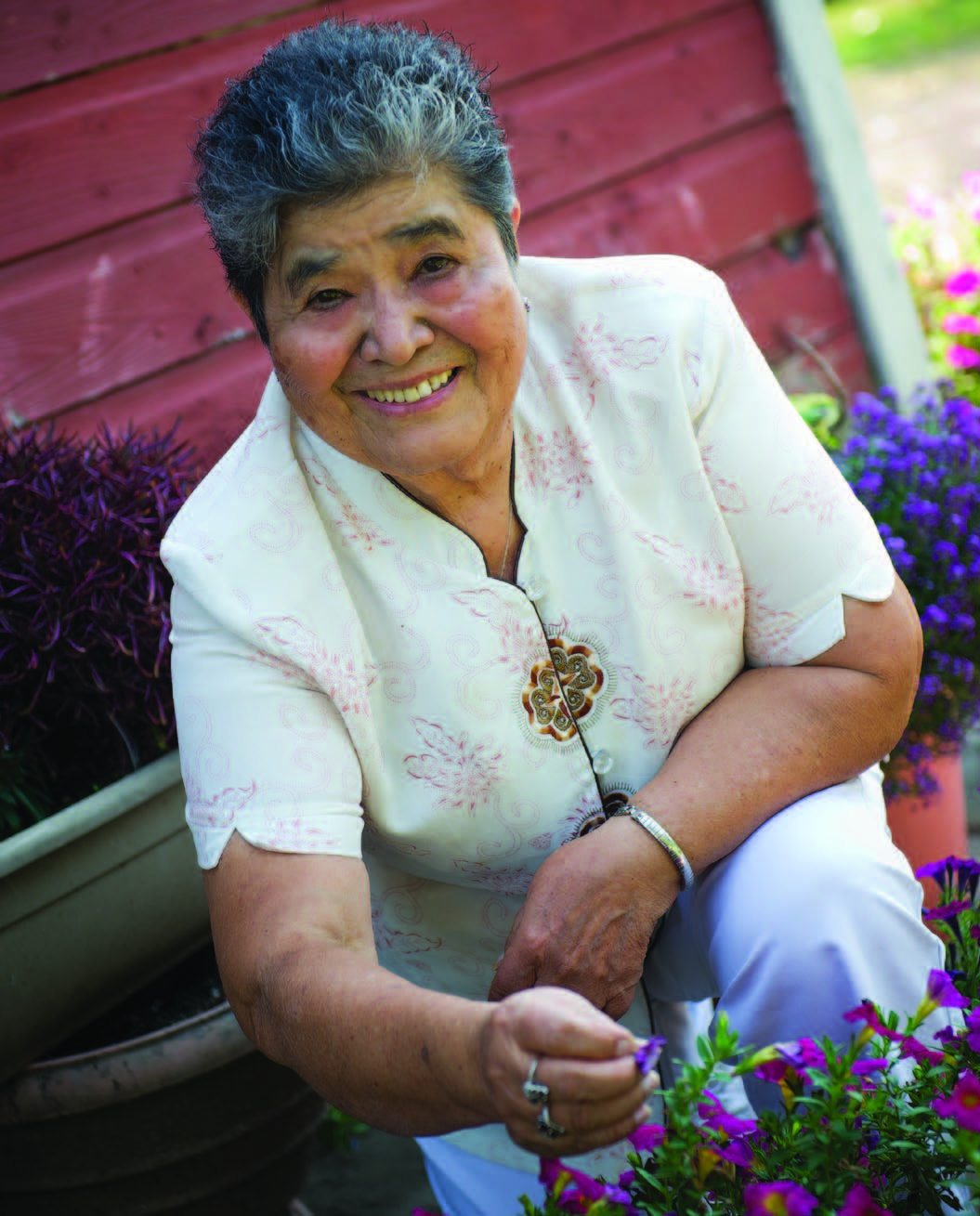When it comes to treating a chronic disease like diabetes, there is strength in numbers.
 Katsuko Thanig, Mosinee
Katsuko Thanig, Mosinee
Marshfield Clinic has incorporated population health management, which uses the Clinic's electronic medical record system to track more than 270,000 patients for various health risks and conditions.
This system provides physicians almost instant feedback to improve health outcomes for individual patients. In the process, it improves health for an entire population with a particular disease or condition. Population health management is invisible to patients like Katsuko Thanig, but it works behind the scenes.
Thanig, 74, found out in the 1990s that she had diabetes. That explained the constant thirst, frequent urination and excessive sweating she was experiencing.
"I really didn't know much about diabetes at the time," the Mosinee resident recalled. She would learn all about controlling her blood sugar to stay out of the hospital.
She and her husband, Glen, served as short-term missionaries in Alaska for four years. They worked in a remote location where there was not only no hospital, but no road to one. Toward the end of their stay, she became ill and had to be air-lifted to Fairbanks; she went into a diabetic coma for 12 days.
"I found out later that my blood sugars were way out of control, but it was difficult to control them without professional help. It's very complicated," she said.
Returning to Mosinee after the Alaska adventure, she was referred to
Michael Sheehan, M.D., an endocrinologist who sees patients in Marshfield Clinic's Weston, Merrill and Minocqua Centers. He referred her to Registered Dietitian
Denise Van Der Koy for dietary advice, and worked with her on two different types of insulin.
"She's a model patient. She and her husband have been working hard at doing the necessary things to keep good control," said Dr. Sheehan of the Thanigs. "She carefully watches her blood sugar, takes her insulin doses at the right time, follows through with contacting us about how she's doing, and asks questions." The Thanigs have also been assisted by Registered Nurses Carey Redman and Denise Stelmacher.
"They encourage me to come in more often, every several weeks or months," Katsuko Thanig said. Because diabetes is so complicated, she occasionally has health issues. Recently, for example, she developed a kidney problem and changed her diet as part of the management for that condition. This caused her blood sugars to become too low, so her insulin dose had to be decreased. Fortunately, she has not had to go to the hospital since her Alaska experience.
Thanig's health records are collected and stored confidentially in a "data warehouse," where it is combined with data for the Clinic's entire primary care population. This data is monitored closely and includes subsets of patients with chronic disease conditions such as diabetes. The data is analyzed so that best practices emerge on managing these chronic conditions.
It is this data, for instance, that indicates ideal blood pressure is less than 140/90 for most patients with diabetes, and that LDL, a blood cholesterol measure, should be less than 100 mg/dl. Best practices also include annual foot and eye exams to help avoid or detect early complications of diabetes such as nerve damage and diabetic retinopathy. Marshfield Clinic's sophisticated electronic health record system automatically alerts caregivers to schedule these preventive services.
All of this translates into better care for thousands of Marshfield Clinic patients like Thanig. They don't hear anything about population health management but they do recognize they are getting excellent care.
"We're thankful we have Dr. Sheehan and his staff who do such a great job helping us. It's a blessing," Glen Thanig said. "We're controlling her sugars much better now."
